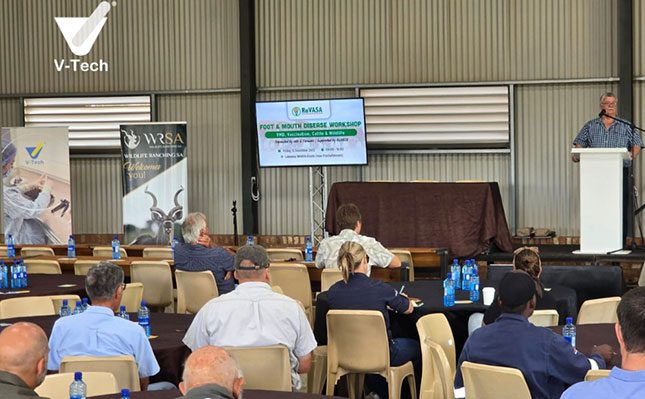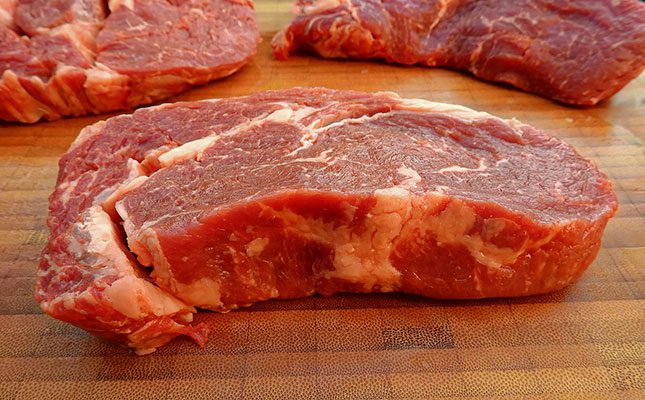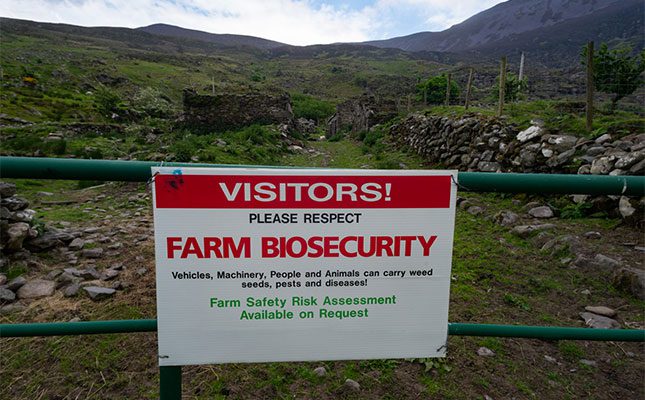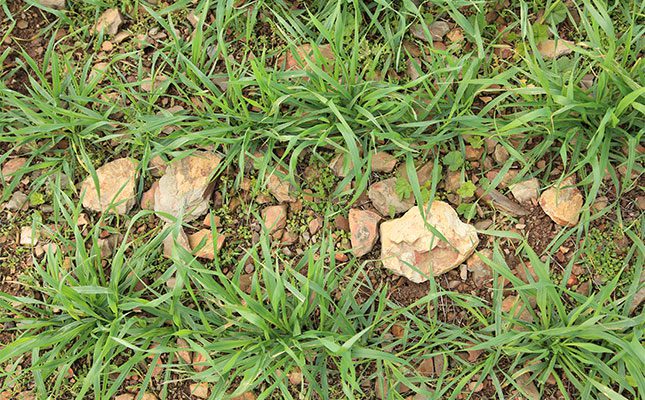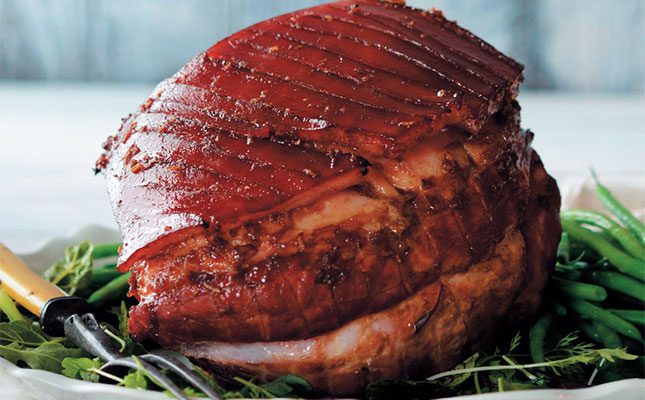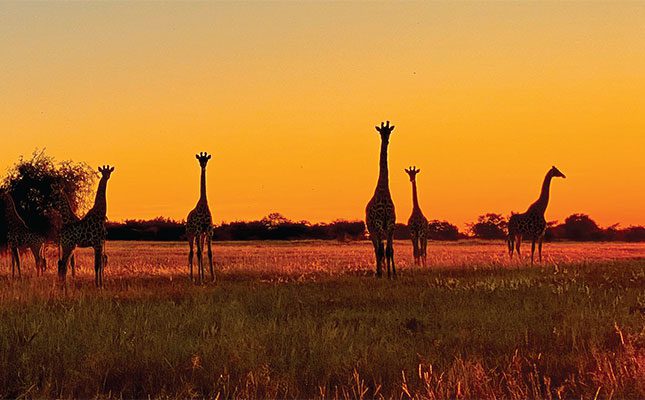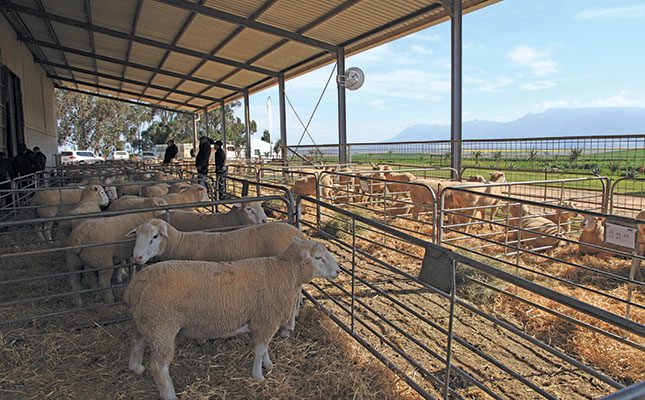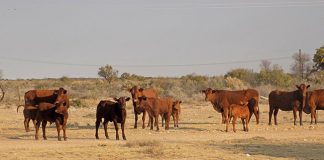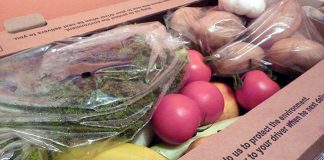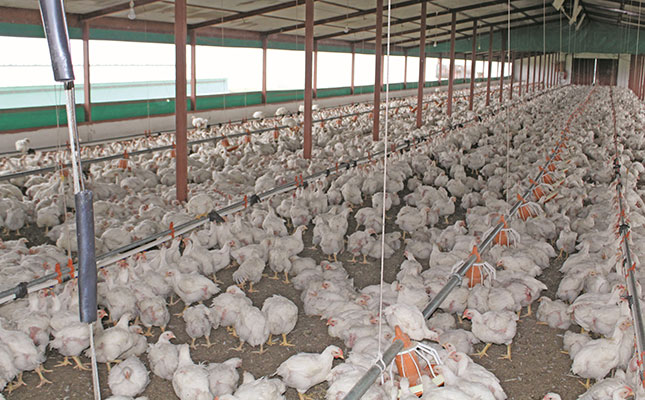
Photo: FW Archive
A recent market report released by the US Department of Agriculture’s Foreign Agricultural Service (FAS) forecast that chicken meat production would increase by 2% in 2023, as a result of economic recovery, normalisation of feed costs, and increased investment by the industry due to anticipated high revenue being earned in 2022.
Chicken consumption was also expected to increase by 2% in 2023 as consumers look to chicken to meet protein demands, the report said.
READ Consumer resistance driving down mutton, lamb prices
Dr Johnny van der Merwe, managing director of AMT, an agricultural market trends analysis company, said that although poultry prices were trending higher this year than in 2021, demand continued to rise for chicken meat on the back of high beef and lamb prices. Demand for pork was also subsequently higher.
“This time of the year, we also start seeing more functions, events, weddings, [followed by] the festive season, which will increase the demand for chicken and pork further, resulting in higher prices.”
The FAS report predicted that despite high poultry tariffs and anti-dumping duties still being in place, imports were expected to rise by 3% in 2023, since local supply would not be able to meet demand.
READ Using chickens, pigs and sheep to save your soil
The South African Poultry Association (SAPA) was, however, working towards bringing more commercial farmers on board and had already invested R1,14 billion in expansion of production facilities.
This had added one million birds to weekly national supply levels since 2019. Further growth was, however, being constrained by high feed costs, according to SAPA.
Van der Merwe said that while grain prices had started stabilise, feed prices were still prohibitively high for new entrants to the poultry sector.
“We should see some easing of grain prices by the time the summer rainfall region’s harvest starts next year, which should boost local production.”
The FAS report anticipated South Africa’s chicken meat exports for 2023 to increase by 4% as the animal health situation improved and demand from Southern African markets remained strong.

